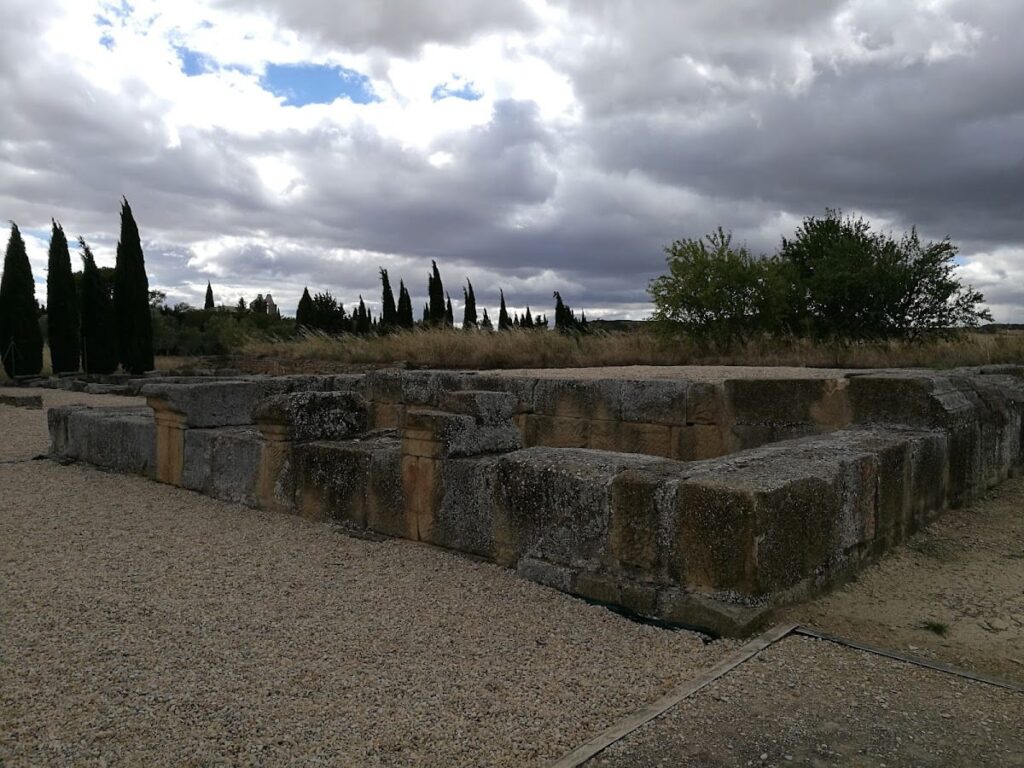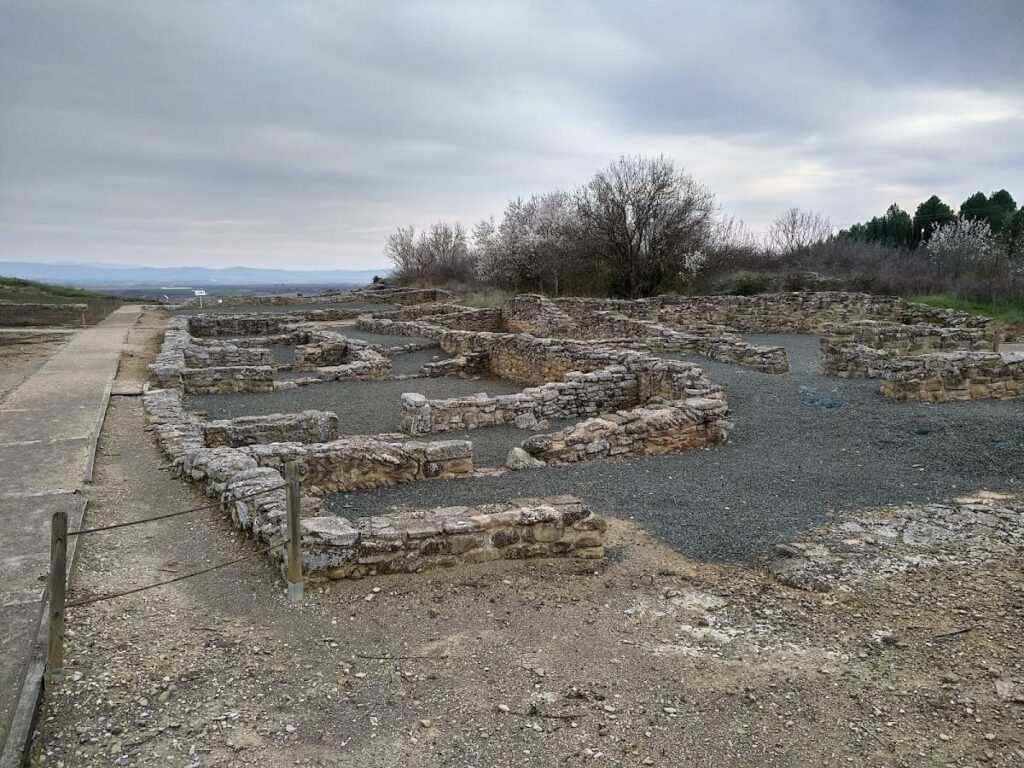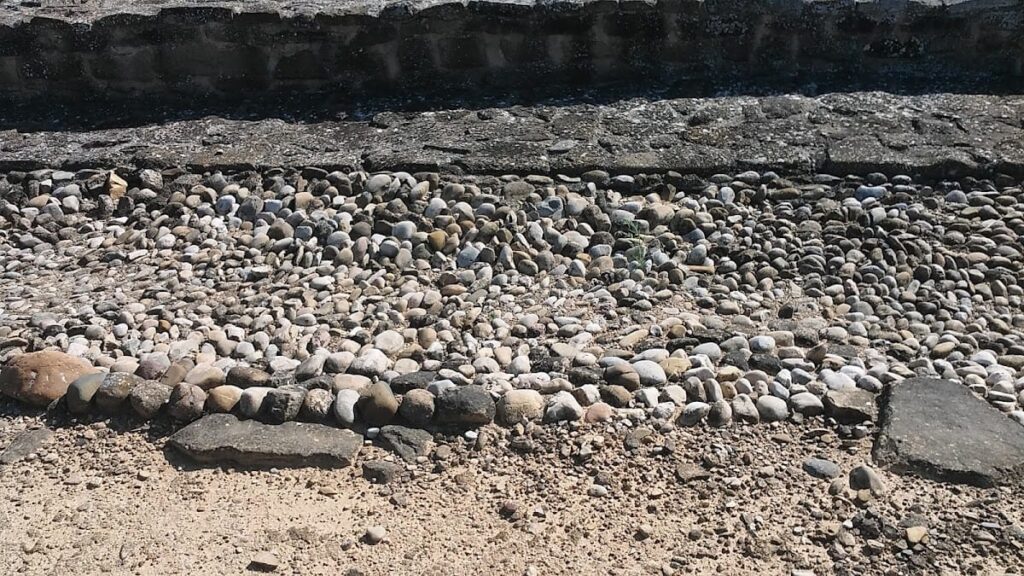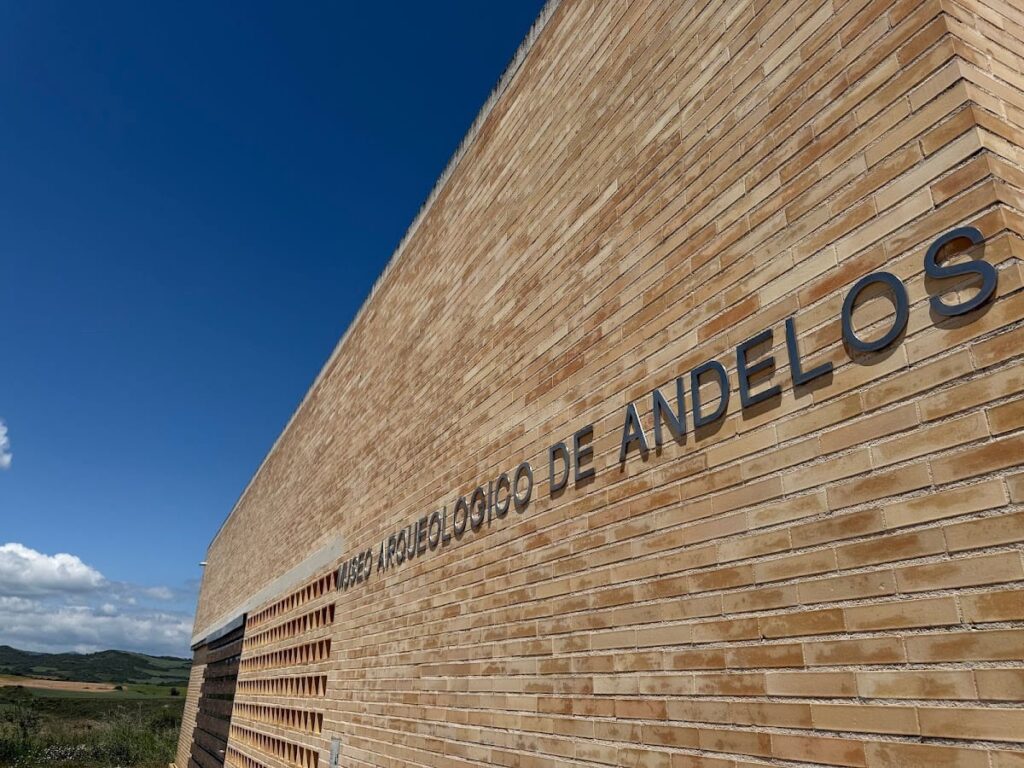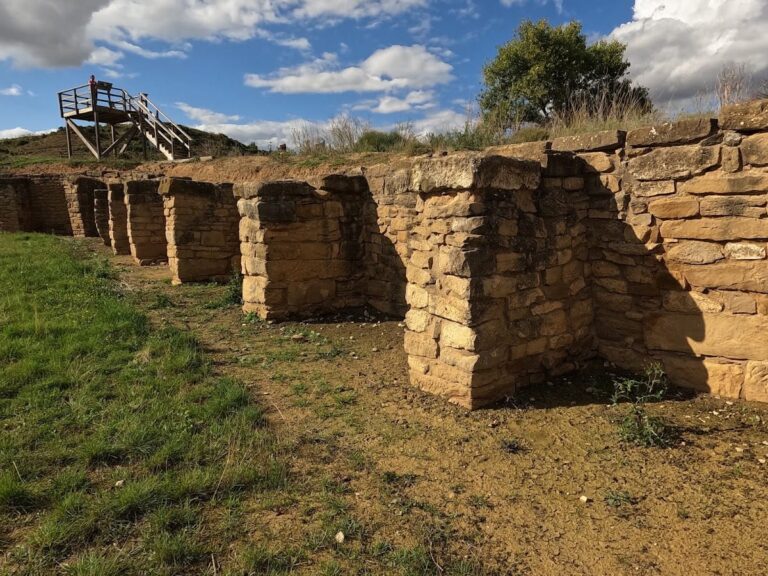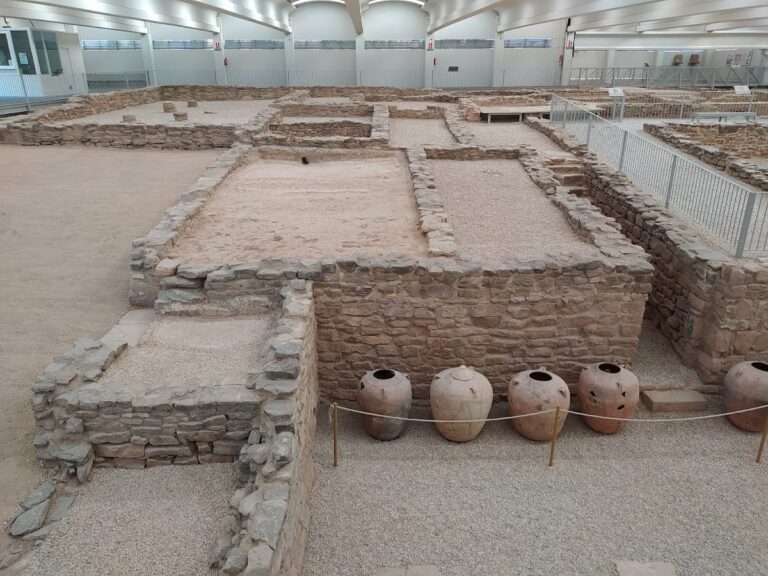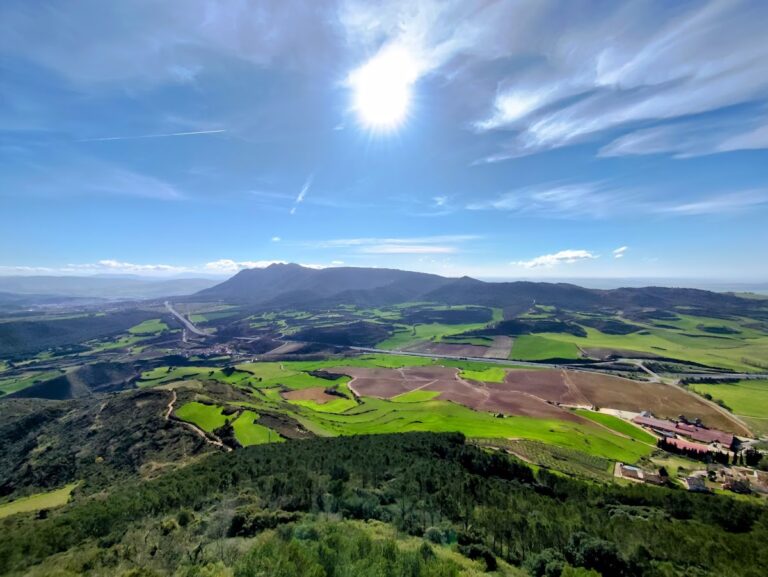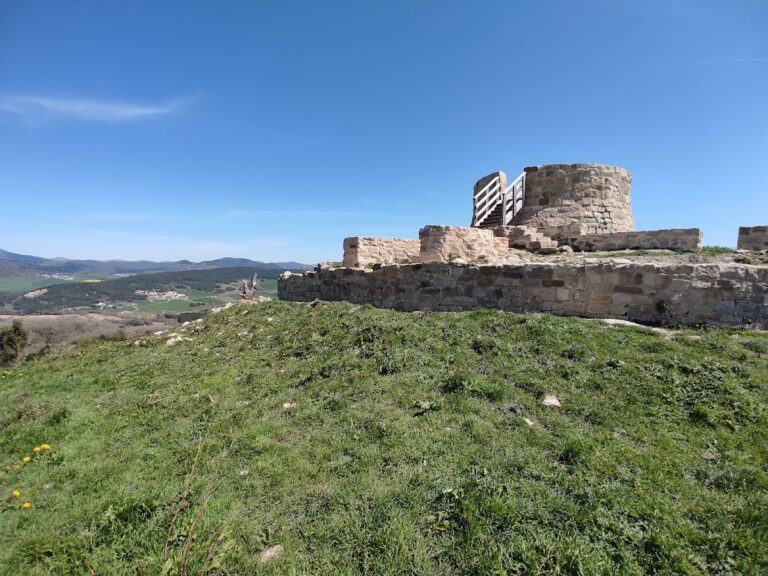Andelos Archaeological Site: A Roman Settlement in Mendigorría, Spain
Visitor Information
Google Rating: 4.4
Popularity: Low
Google Maps: View on Google Maps
Official Website: tickets.palaciorealolite.com
Country: Spain
Civilization: Roman
Remains: City
History
The Andelos Archaeological Site lies within the municipality of Mendigorría in Spain and represents the remains of a Roman settlement built in the territory historically inhabited by the Vascones people. This site developed from a small pre-Roman community into a structured Roman city during the early centuries of the first millennium CE.
Before Roman influence, the location hosted an Iron Age settlement dating from the 4th to the 3rd centuries BCE. This early village belonged to a population identified with the Basque cultural sphere and predated Roman occupation. During the first and second centuries CE, the settlement underwent a process of Romanization, adopting Roman urban planning, architecture, and infrastructure that shaped its later prominence as a regional center.
Andelos is mentioned in ancient texts by Pliny the Elder, who referred to its inhabitants as the Andelonenses, and by the geographer Ptolemy under the Greek form Andelos. Both placed it within the Vascones territory, specifically in the jurisdiction connected to Caesaraugusta (modern Zaragoza), highlighting its administrative importance during Roman rule.
The city flourished during the first and second centuries CE, marked by urban expansion and public improvements. Large Roman-style houses appeared, some featuring floors made with opus signinum, a waterproof mortar popular in Roman construction. A sophisticated system to manage water resources, including dams and aqueducts, was established to support urban life. This period saw Andelos reaching its peak as a hub for commerce and transit.
Evidence shows that the site remained occupied well into the medieval era. An 11th-century church associated with the Santa Maria church in Pamplona indicates continuity in religious practice. However, the settlement was eventually abandoned around the mid-14th century, most likely due to the devastating effects of the plague that swept through Europe beginning in 1348.
Archaeological interest in Andelos began in the 1940s with early excavations conducted by Saturnino Rivera Manescau and Blas Taracena Aguirre. Later, from 1980 to 2000, systematic campaigns led by María Ángeles Mezquíriz Irujo uncovered significant remains that have since been preserved and studied further. The site’s historical value was formally recognized in 1995 when it was declared a Cultural Interest Asset by regional authorities.
Remains
Andelos was built on a plateau featuring two distinct terraces that step down from a steep slope toward the northeast and gentle decline to the west. The city’s urban design follows the Roman grid pattern, defined by two major east-west streets known as decumani and three north-south streets called cardines. One of these cardines included porticoes, or covered walkways, contributing to the layout of rectangular urban blocks.
Encircling the settlement were defensive walls, which were supported by two watchtowers located outside the city limits, positioned northwest and southeast for surveillance and protection. These fortifications demonstrate the importance of defense in the city’s planning.
The upper terrace contained the residential zone with spacious houses and communal facilities such as baths and taverns. A southwest quarter specialized in artisanal activities, comprising warehouses and a fullonica, which was a workshop dedicated to the cleaning and finishing of textiles. Such organization reflects the city’s commercial and industrial functions in antiquity.
A standout feature of the site is its water management system, which played a vital role in daily life. This complex includes two dams, known as the Iturránduz dams, discovered in the early 1980s. Water was channeled through an aqueduct built with stone conduits and lead pipes, some sections employing a siphon to maintain pressure. The entire system fed into the castellum aquae, a water distribution basin constructed as a rectangular stone podium lined internally with multiple layers of waterproof plaster. Originally vaulted, this reservoir had several outlets on its eastern side that likely supplied a public fountain.
Among the artifacts unearthed is a mosaic portraying the Triumph of Bacchus, emphasizing decorative art in prominent buildings. A bronze plaque dedicated to the god Apollo was also found, hinting at religious or cultural practices. Additionally, some houses featured opus signinum floors inscribed with Iberian script, including a phrase from an inscription found in 1993 considered to be in ancient Basque or Iberian language. These items are preserved in the Museum of Navarra and contribute to understanding the cultural and linguistic heritage of the site.
The overall preservation of Andelos allows the remains to be viewed alongside displays in the on-site Archaeological Museum of Andelo, ensuring a detailed representation of the city’s Roman past.

